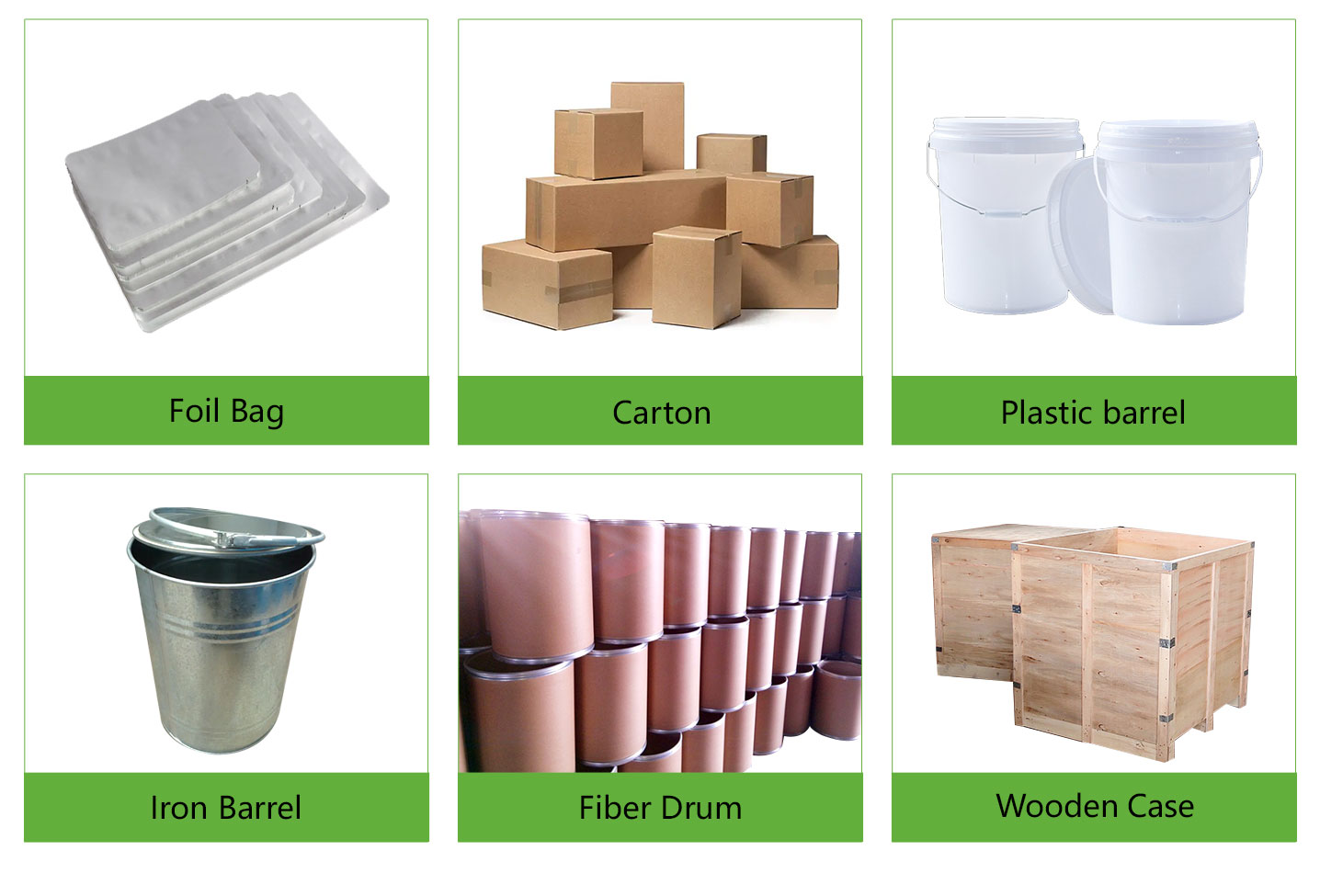Betaine surfactants
It is generated by the response of fatty tertiary amines and sodium chloroacetate, including cocoylpropyl betaine, dodecyl betaine, cetyl betaine, and lauroyl propyl betaine. It is milder than the first three and is presently the main surfactant in infant hair shampoo.
In 1940, the American DuPont Firm created and applied this type of compound. Like amino acid surfactants, this sort of surfactant has solid detergency and reduced irritability, and the option is weakly acidic. Animal experiments have verified that this type of substance is much less harmful. It is an optimal surfactant.
( surfactants in shampoos)
Amino acid surfactants
Made from a mix of coconut oil and amino acids, it is safe, mild, and non-irritating. The most essential point is that it is naturally weakly acidic and satisfies the pH needs of healthy skin and hair. It is the excellent surfactant in baby shampoo. They are “cocoyl glycine,” “cocoyl glutamate disodium,” and so on
From the viewpoint of chemical residential or commercial properties, its pH worth is in between 5.5 and 6.5, which is weakly acidic and near the pH worth of human skin. Thus, it is gentle and skin-friendly and appropriate for all hair kinds; amino acid surfactants are zwitterionic and easily soluble in water. It is easy to rinse tidy.
But it additionally has limitations. Amino acid surfactants are a number of to loads of times a lot more costly than common surfactants, and a lot of are shampoos specifically made for babies and young kids. The drawbacks of amino acid surfactants are that they are not rich in foam and have weak purification capacity.
The sensation of solidification and turbidity of surfactants in winter months is generally because of the low temperature level triggering several of its components to take shape or precipitate.
(surfactants in shampoos)
Suppose surfactant solidifies and becomes turbid in wintertime?
This is a physical phenomenon and does not have a significant impact on the efficiency of surfactants. In order to solve this issue, the following methods can be taken:
1. Enhance the temperature level: Put the surfactant in a warm setting or boost its temperature level by home heating to ensure that the crystallized or sped up components will slowly dissolve and the surfactant will go back to a clear state. However, it ought to be kept in mind that the temperature ought to be stayed clear of when warming to stay clear of affecting the surfactant’s performance.
2. Stirring: For surfactants that have strengthened or come to be turbid, they can be restored to a consistent state by stirring. Mixing can help crystallized or sped up ingredients redisperse into the fluid and boost surfactant quality.
3. Add solvent: Sometimes, a proper amount of solvent can be added to thin down the surfactant, therefore improving its coagulation and turbidity. Nonetheless, the included solvent need to be compatible with the surfactant and must not influence its usage result.
Supplier of Surfactant
TRUNNANO is a supplier of surfactant with over 12 years experience in nano-building energy conservation and nanotechnology development. It accepts payment via Credit Card, T/T, West Union and Paypal. Trunnano will ship the goods to customers overseas through FedEx, DHL, by air, or by sea. If you are looking for high-quality OBS-50 Octadecyl Benzenesulfonic Acid CAS 27177-79-3, please feel free to contact us and send an inquiry.
Inquiry us


